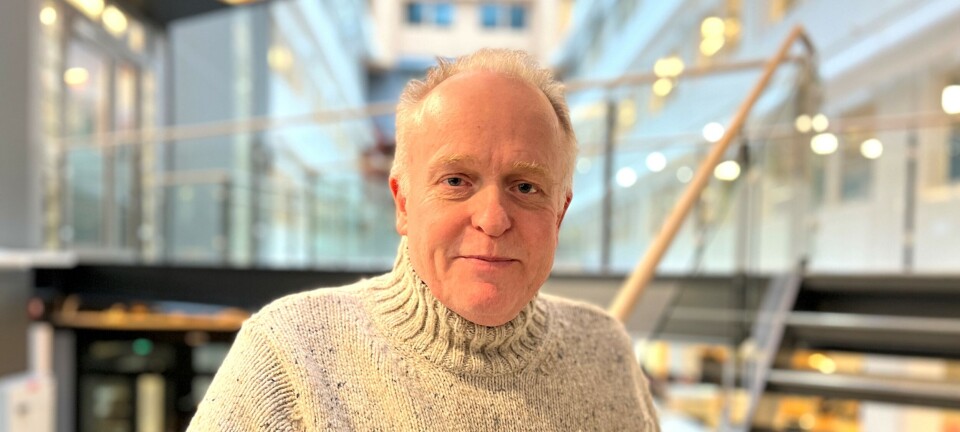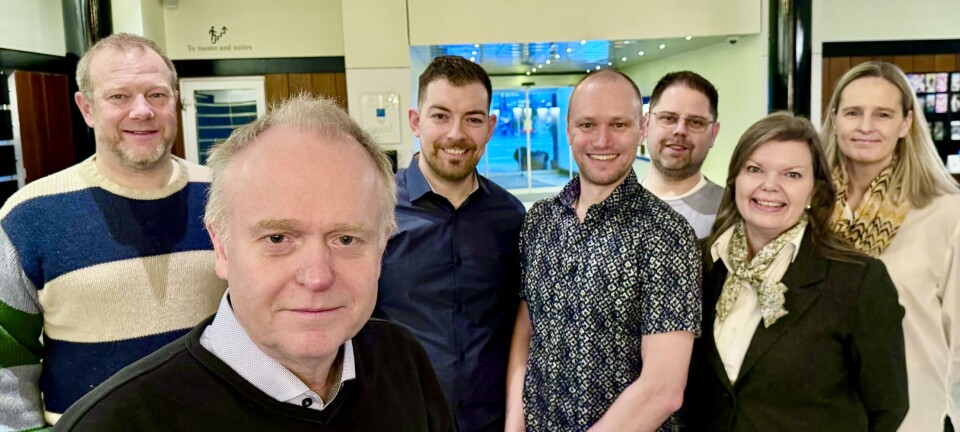Changes in pain-tolerance caused by high-intensity aerobic exercise, measured with PainMatcher: a pilot study with 12 healthy women
Scientific article in Fysioterapeuten 5/2015.
Julie Rennan, turnusfysioterapeut, Helse Nord-Trøndelag, Sykehuset Levanger. Julie_rennan@hotmail.com.
Mari Nilsen Skinnes, turnusfysioterapeut Ørsta kommune. mskinnes@hotmail.com.
Berit Østerås, MSc. fysioterapeut, høgskolelektor. Høgskolen i Sør-Trøndelag, avdeling for helse- og sosialfag, program for fysioterapeututdanning.
Abstract
Purpose: To examine whether there are any changes in PainMatcher score, used as measurment for nociseptive stimuli before, during and after high-intensity aerobic activity.
Design: Single Subject Design (SSD).
Material: Twelve healthy, female, physiotherapy students. Ten participants completed the study.
Method: Thirty minutes of high-intensity running, controlled for intensity (determined by pre-testing) and duration. PainMatcher scores were recorded before, every 10th minute during the intervention, and 15 minutes after the intervention. A repeated-measures Huynh-Feldt corrected «General Linear Model» (GLM) using the 50 Pain-Matcher scores was performed as well as post hoc Bonferroni-corrected pairwise comparisons between measures.
Results: The analyses revealed a significant mean change in 50 of the PainMatcher scores during intervention; «within-subjects effects» (F (3.989) =5.334, p<0.05). Measure 4 (after 30 minutes) was significantly different (p<0.05) from all the other measures except from measure 3 (after 20 minutes).
Conclusion: The PainMatcher scores (n=50) showed a significant change during the intervention, with the highest scores after 20 and 30 minutes. The increased tolerance in nine out of ten participants indicates a plausible exercise-induced hypoalgesia which was possible to detect using a PainMatcher. PainMatcher might be as sensitive to changes in tolerance as other instruments for measuring nociseptive stimuli.
Keywords: Exercise-induced hypoalgesia, PainMatcher, duration, healthy women.























